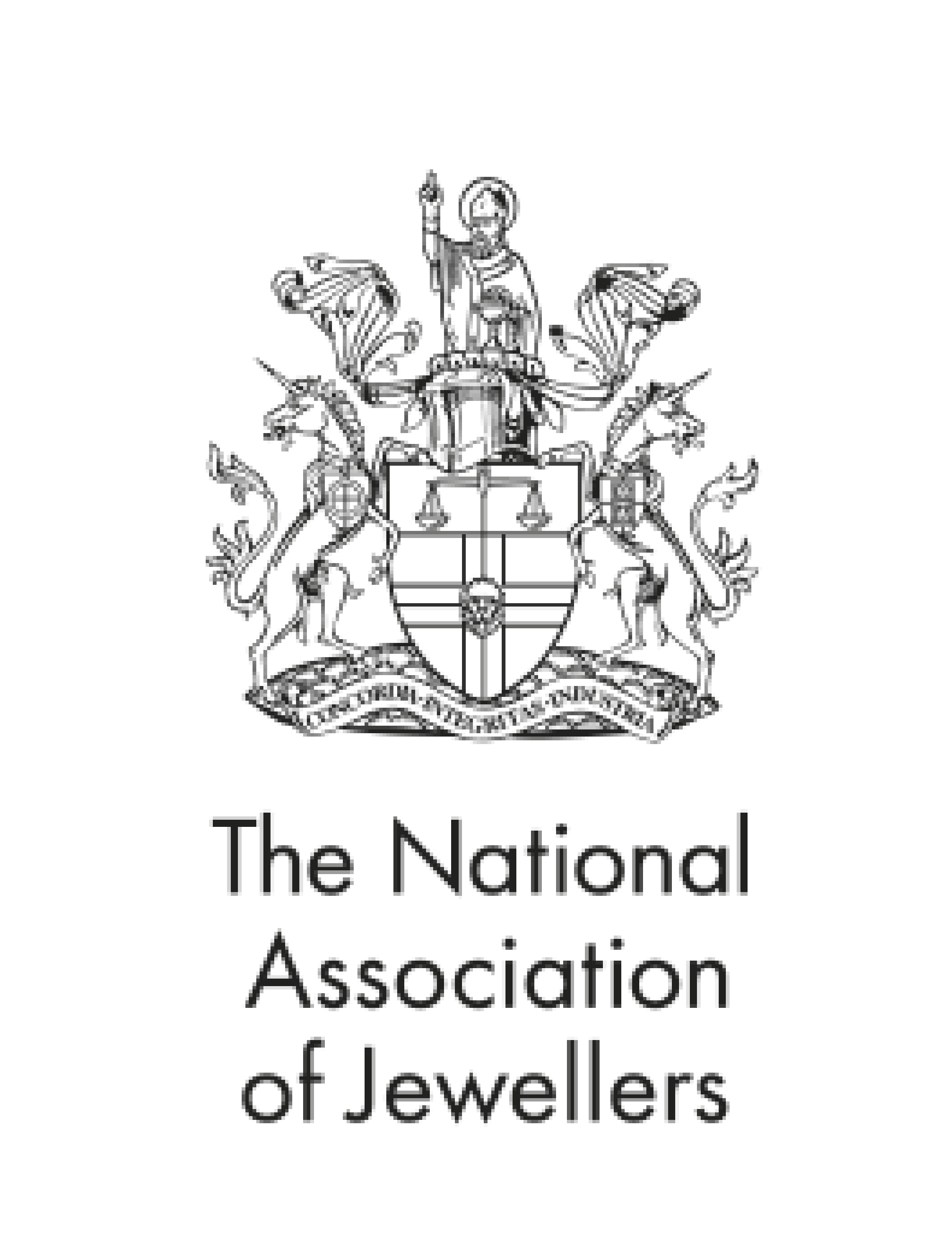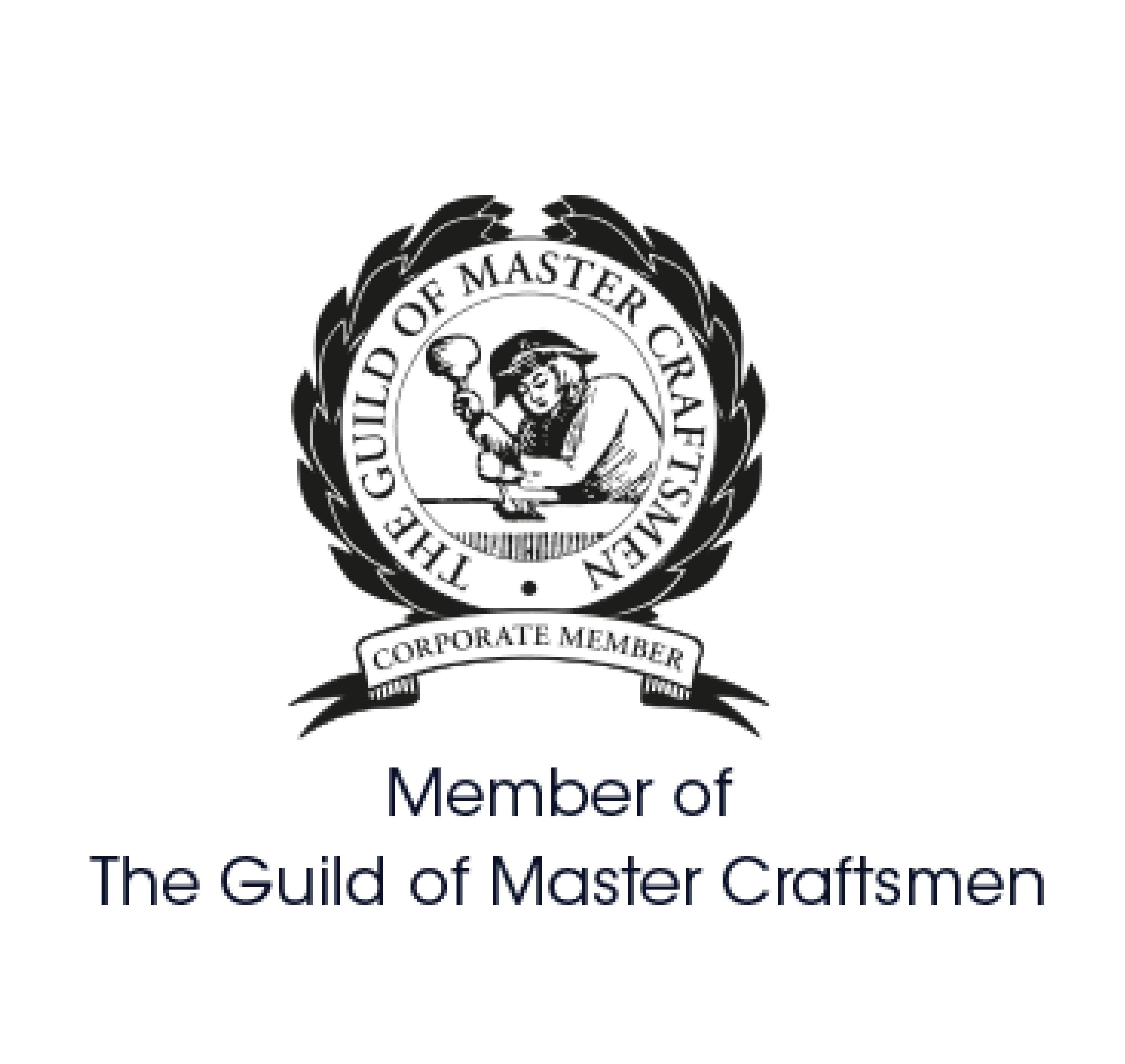If you are a devoted watch enthusiast, you have likely asked yourself: what exactly sets “in-house” movements apart, and how do they work? It is not a question for the faint of heart, after all, the mechanics of a Swiss timepiece are incredibly intricate. Yet this question is essential when you are looking for your next watch.

At its core, a movement, or calibre, is the beating heart of any timepiece. It acts as the engine that brings the dial to life, powers the hands, and reflects centuries of horological artistry. While some brands use third-party calibres from respected suppliers, many Swiss watch brands choose to design and manufacture their own “in-house” movements. This distinction is more than just marketing, it touches upon the heritage of the brand, their technical innovation, and their relentless pursuit for horological excellence.
In this article, we will explore what a watch movement truly is, why leading Swiss Maison’s commit vast resources to crafting their own, and how to evaluate whether the value of an in-house calibre aligns with what you want from a timepiece.
What is a Watch Movement?
There are three primary types of watch movements:
Manual – powered by winding the crown by hand
Automatic – powered by the natural movement of your wrist
Quartz – powered by a battery
In this article, we will focus on manual and automatic movements. Unlike quartz timepieces, which rely on electronics, both manual and automatic calibres harness kinetic energy. This energy is generated when the crown is turned and then transferred to the mainspring, where it is stored as tension. As the mainspring unwinds, that stored energy is carefully released through a series of components that work together to keep the watch running with precision.

Here is how the process works:
1. Turning the Crown
When you turn the crown, whether on a manual or automatic watch, you generate kinetic energy.
2. The Mainspring
That energy is transferred to the coiled mainspring, where it is stored as the spring tightens.
3. The Gear Train
As the mainspring slowly unwinds, the stored energy passes through a series of gears, directing power toward the escapement.
4. The Escapement
The escapement carefully regulates the release of energy, dividing it into precise, equal increments. The characteristic ticking sound of a watch comes from the interaction of the escapement and the pallet fork.
5. The Balance Wheel
The balance wheel works in tandem with the escapement to keep time consistently. Its oscillations require precise adjustment to ensure accuracy.
6. The Rotor (Automatic Watches Only)
In automatic watches, a weighted rotor is connected to the mainspring via gears. As the wearer moves their wrist, the rotor spins, winding the mainspring automatically. This allows the watch to remain powered without daily winding. However, if the watch is not worn regularly, it will eventually stop, just like a manual watch, and require winding by hand.
The History of Swiss Watch Movements

There is a long tradition of “in-house” Swiss watch movements. Many of Switzerland’s most renowned brands were built on the development of their own calibres. Over time, however, as the industry expanded, a growing number of brands turned to ébauches, partially completed movements, most notably from ETA, to power their timepieces. This reliance shifted the landscape, particularly after the disruption caused by the “Quartz Crisis”.
The Quartz Crisis of the 1970s and 1980s was triggered by the rise of quartz timepieces, spearheaded by Seiko in Japan. These watches were marketed for their precision rather than craftsmanship, and their affordability made the prestige of “Swiss Made” seem less relevant. Given that watchmaking was one of Switzerland’s major exports, the crisis delivered a devastating blow to the industry.

By the early 1980s, Nicolas George Hayek was brought in to help revive Swiss watchmaking. His solution was to merge the two largest groups, ASUAG and SSIH, into what became the Swatch Group. This consolidation paved the way for the creation of Swatch watches, affordable yet stylish quartz timepieces that quickly became a global cultural phenomenon.
As the industry regained its footing, further changes reshaped its direction. In 2002, the Swatch Group announced plans to stop supplying ébauches to other brands, though the move was contested for years. By 2020, the policy was put in place, leading many companies to develop and rely on their own movements. For some heritage brands, this was a natural continuation of tradition; for others, it was a jarring shift that required significant investment in research and development.
Today, most Swiss watch brands produce their own movements, and collectors increasingly expect it. Far from merely functional, these calibres often embody technological innovation and artistic ingenuity, ensuring that modern Swiss watches stand out not just for their heritage, but also for their originality and craftsmanship.
What defines an “in-house” movement?

At its core, a true “in-house” movement is one that is conceived, designed, developed, and manufactured entirely under the roof of a single company. This straightforward definition is easy enough to grasp: if a brand designs a calibre but outsources its production to another manufacturer, then by strict standards it cannot be considered a genuine in-house movement.
However, in practice, the picture is far less clear. The term itself has become somewhat blurred, existing in a space filled with ambiguity and differing interpretations. Many brands, for example, rely on external suppliers for base movements, which they then heavily modify, adding bespoke bridges, custom rotors, decorative finishing, or even entirely new complications. Such modifications can be extensive, to the point where the finished product bears little resemblance to the original ébauche.

This naturally raises the question: at what point does modification become creation? Some argue that by re-engineering or significantly enhancing an existing movement, a brand is demonstrating enough innovation to claim the title of in-house. Others maintain that unless the entire movement, down to the plates, wheels, and escapement, is made internally, the term should not apply.
Adding to the complexity, the watch industry itself often plays fast and loose with terminology, sometimes using “manufacture” or “in-house” as a marketing tool rather than a strict technical descriptor. Collectors, therefore, are left to navigate these subtleties, weighing transparency, tradition, and innovation when judging a brand’s claims.
Ultimately, the debate is not simply about semantics, but about authenticity, craftsmanship, and the value we assign to watchmaking as both an art and a science.
What makes an "in-house" movement special?
As previously discussed, one of the principal motivations for developing an in-house movement lies in the question of prestige. By designing and producing their own calibres, Swiss watchmakers establish a sense of true ownership and mastery over their craft, granting them complete oversight of the entire process, from conception to final assembly.

This exclusivity not only reinforces the brand’s identity but also provides fertile ground for innovation. Freed from reliance on external suppliers, watchmakers can experiment with new materials, advanced mechanisms, and distinctive design elements that set them apart within the industry. For the wearer, this translates into a deeper appreciation of both the artistry and the engineering that underpin the timepiece.
Ultimately, however, the value of an in-house movement is not absolute but relative, shaped largely by the reputation and heritage of the brand itself. Within the Swiss tradition, some names carry a weight of authority that elevates their in-house creations to the highest level of desirability, while others may struggle to convince collectors and connoisseurs of their worth. In this sense, the perception of an in-house calibre is as much about legacy and credibility as it is about technical accomplishment.
The Pursuit for Horological Excellence
With this in mind, it is evident that Swiss Watch brands have evolved to create their own movements in the pursuit to create impeccable timepieces. It provides them with control and allows them to test new innovations, becoming masters of their craft.
If you would like to learn more about “in-house” movements, then you can ask one of our friendly teams in our Showrooms in Truro, Plymouth, Exeter or Taunton, who will be more than happy to answer your questions.








